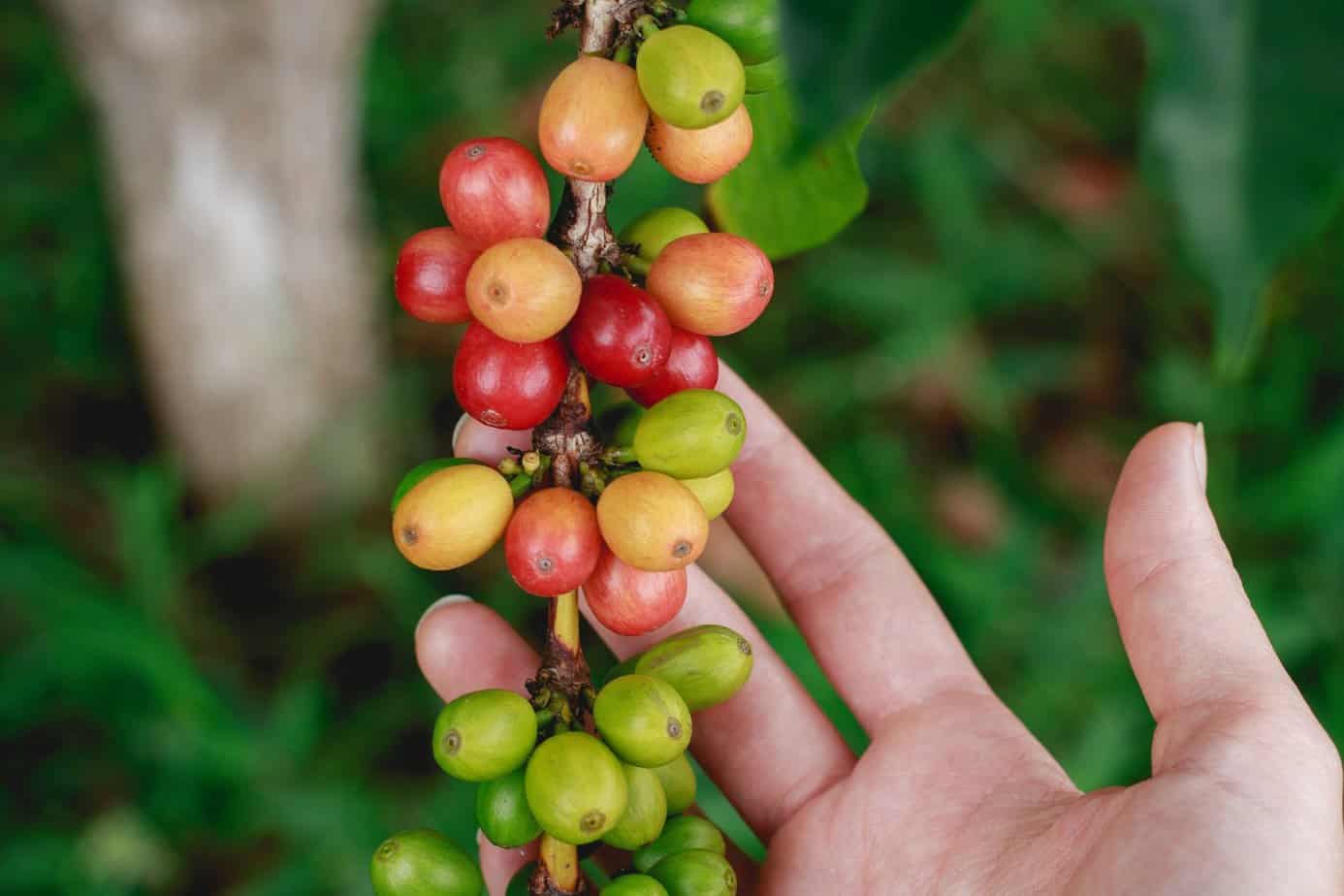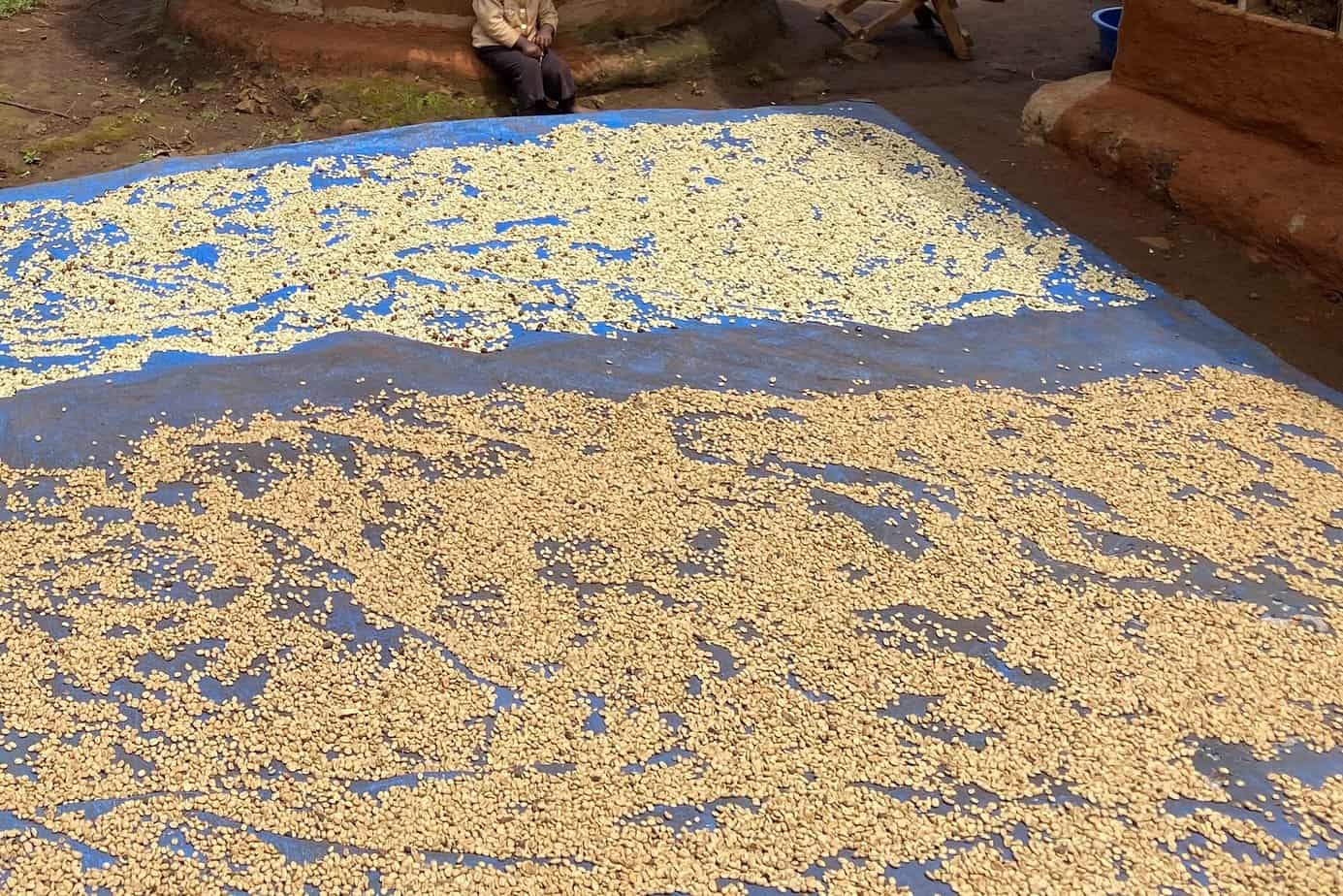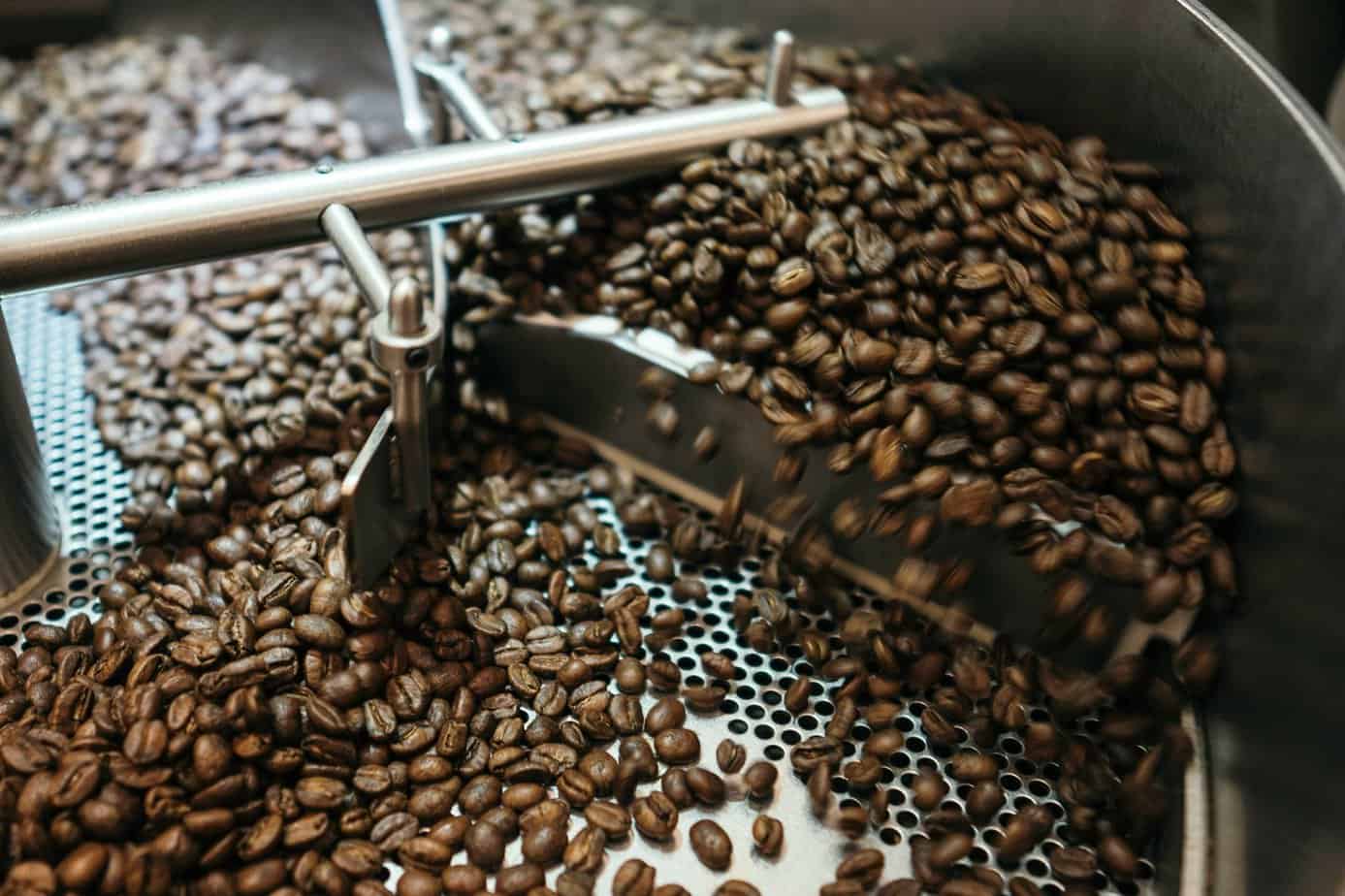Is coffee a fruit? Well, the short answer is yes! But the long answer is much more interesting. In this post we'll explore what makes coffee a fruit, as well as touch on the process on how this little fruit becomes one of the most popular drinks in the world.
Is Coffee A Fruit?
Here's a fun fact that might wake you up more than your morning coffee: coffee is indeed a fruit. When we think of 'coffee,' we picture the aromatic drink that fuels our day. But, before these beans become a part of our favorite beverages, they start as seeds in the coffee cherry. This cherry might not look like the fruit we're used to, but it's a fruit nonetheless.

Coffee fruit berries growing on a Coffea plant.
Now that we know the short answer, lets dive deeper into the long answer and discover how the coffee cherry goes from a fruit on a tree to the drip we all love.
How does a coffee fruit being coffee?
Coffee is more than a delicious drink. It's a part of human history, an essential commodity, and a symbol of artistry. The process of turning this coffee fruit into coffee has a few key steps that we outline below.
1. The Coffee Fruit (Coffee Cherry)
Coffee begins its journey on the coffee plant called a "Caffea", a member of the Rubiaceae family. This plant prefers high altitudes and specific climates found mainly in the equatorial 'Coffee Belt'.
On these plants grow the coffee cherry. This fruit resembles a regular cherry when ripe. Inside its bright red skin, it holds a sweet pulp and two seeds, which will eventually become 'coffee beans'. The cherry goes through an exciting lifecycle, from a tiny blossom to a ripe cherry ready to be harvested.
2. Inside the Coffee Cherry
Inside the coffee fruit, we find a sweet pulp that surrounds a sticky layer, which protects the seeds. These seeds are the coffee beans. This is an interesting aspect of coffee that many are not aware of. As it's actually the beans within the cherry that we use to make coffee.
3. The Harvesting and Processing of Coffee Cherries
Now that we know what part of the fruit we use to make coffee, the next part of the job is the process of turning a coffee cherry into a cup of coffee - which is quite is labor-intensive.
It begins with careful harvesting, often done by hand, to pick only the ripest cherries. After the harvest, the cherries go through processing.

Coffee beans left to dry.
Following the harvest, these cherries progress to the processing stage. This is where the transformation truly begins. During processing, the skin and pulp of the cherry are removed, revealing the green coffee beans inside. The beans are then left to dry, either in the sun or via mechanical dryers. This drying process is vital—it helps to bring down the moisture content of the beans, preparing them for the next stage: roasting.
4. Roasting
Roasting is a pivotal step in the coffee-making process, where the true flavors and aromas are drawn out from the beans. The green coffee beans are subjected to high temperatures, leading to a chemical transformation that turns them brown. The length and temperature of roasting can significantly affect the taste of coffee, ranging from light roasts, which are more acidic and retain more original flavors of the beans, to dark roasts, which feature a strong, bold flavor profile and are less acidic.

Roasting coffee beans.
5. Time to drink the coffee fruit!
After roasting, the beans are then ground to the correct consistency for brewing. The grind size and the grinder used plays a crucial role in the extraction of flavors during brewing. For instance, a coarse grind is ideal for French press, while a fine grind is perfect for espresso for espresso machines. We've written about good small grinders here if you're interested.
Finally, the ground coffee is brewed into the beverage we all love. There are various brewing methods, each contributing a distinct taste

A short macchiato. One shot of espresso and a stain of milk.
Conclusion
So, the verdict is clear: coffee is indeed a fruit. It's a fascinating one, undergoing a remarkable journey from a flowering plant to the robust beverage that brightens our mornings. This comprehensive understanding of coffee's journey—from cherry to cup—can enrich our appreciation for every sip, making our daily coffee rituals even more meaningful.
Remember, each cup of coffee has an intricate story of transformation and craftsmanship behind it. The more we uncover about this beloved beverage, the more it amazes us. So here's to further exploration and discoveries in the world of coffee. Until our next caffeine-fueled journey, happy brewing!

